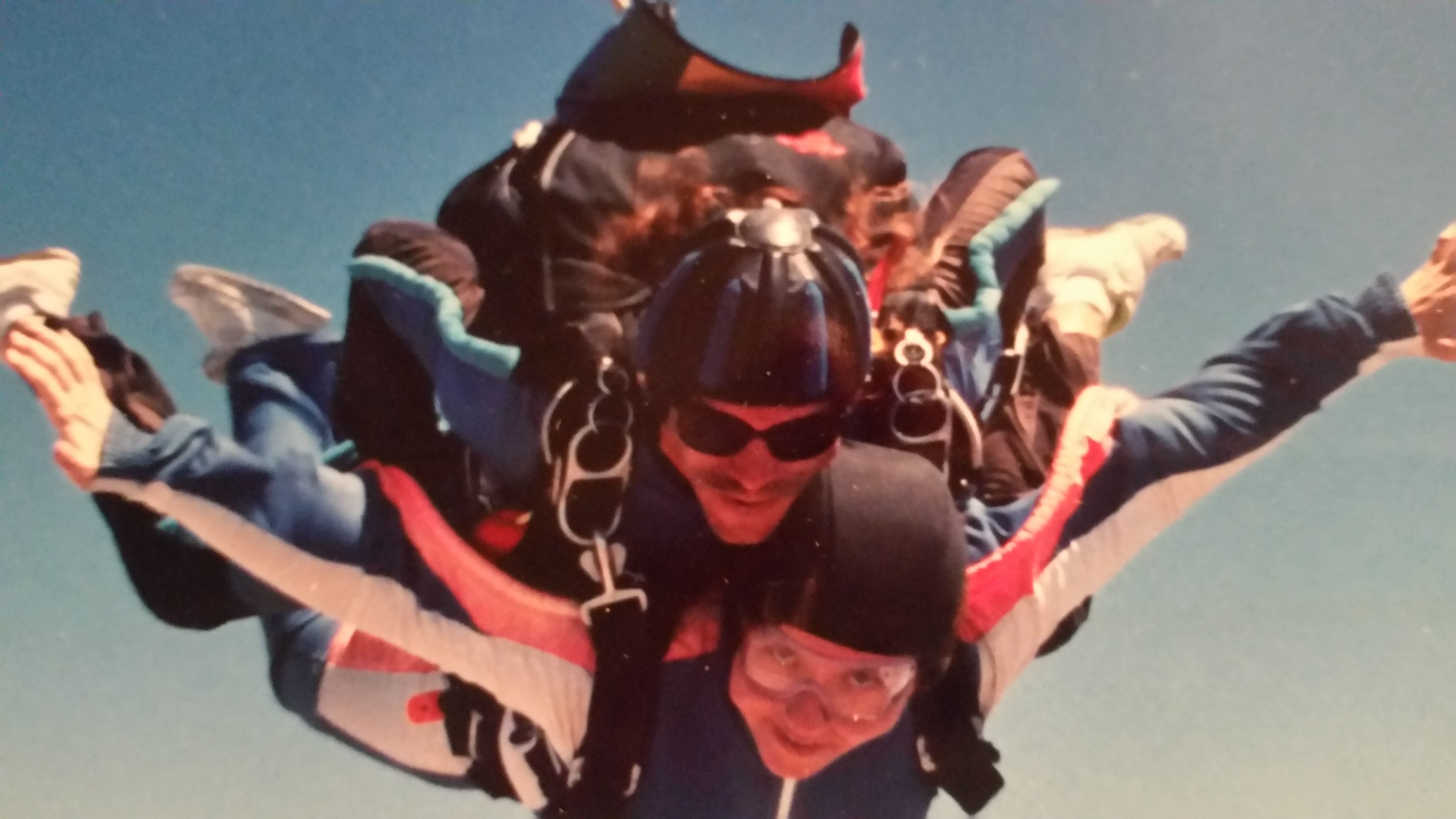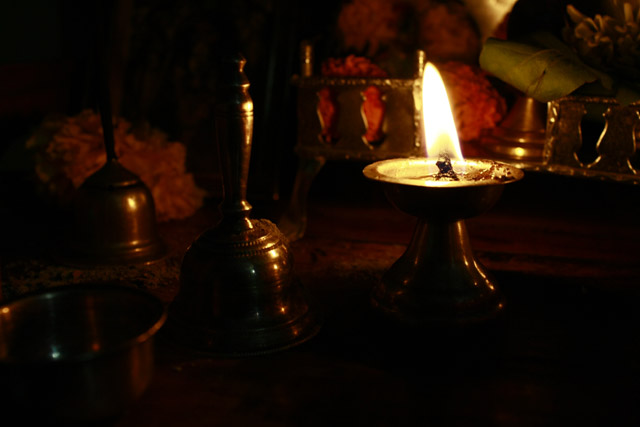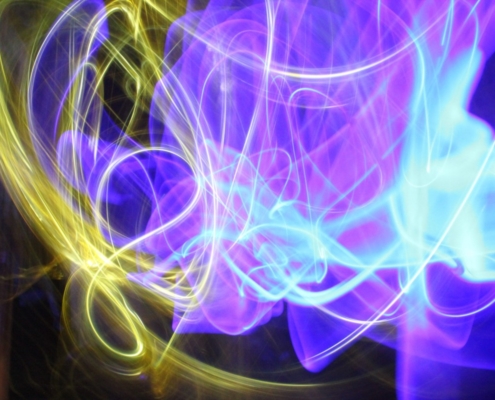“The times, they are a changin’….” (Bob Dylan)
Positive Change
With change comes progress. Incremental change. Massive change. Total upheaval. It all constitutes change. External factors as well as internal factors are at p lay. This applies whether it be within individuals, small groups, or entire organizations. Keep up with the times. Adapt or die.
lay. This applies whether it be within individuals, small groups, or entire organizations. Keep up with the times. Adapt or die.
In this edition of Soul Notes, we explore what change really means, and when is it likely to be avoided, and when is it welcomed and embraced? What makes the difference? And why are the distinctions important, if at all?
Change
Change your clocks.
Change your password.
Change your perspective.
Change your attitude.
Change your altitude.
Change your mind.
CHANGE THE WORLD!
~ ~ ~ ~ ~ ~ ~
Change of scenery.
Change of pace.
Life Changing!
So many turns of a phrase. Change per se, though, certainly is anything but a one-size-fits-all. We often hear that “people are resistant to change.” I heard someone say that emphatically in a group meeting just the other day. It had me pondering, though – is that truly always the case? Or, is it something that many of us have simply come to accept as “true”?
I really like this quotation:
“People don’t resist change. They resist being changed.” (Peter M. Senge, PhD)
Sure – we all may recall those times when we have been at first resistant to change. Or, there are those times when we may have had a reluctance or hesitancy to ‘take the plunge’ into uncharted waters. Even in those instances, however, we may also experience an accompanying sense of excitement and even exhilaration. There’s a spectrum; a range. It’s not all or nothing.
At a fundamental level, as Professor Senge’s quotation above suggests, it often comes down to a matter of free will. We desire the opportunity and freedom to choose to invoke change. We desire to have a say in the making of the change in our lives. And, of course, not all change is scary or unwelcomed. What if, for example, someone offered to pay off your mortgage, or give you a brand new car – would you resist that change? Mostly likely, you would gladly accept that as a welcomed change in your circumstances. Not all changes are to be “avoided”! There are exceptions, perhaps. What if those offers came with conditions placed on them? You may still accept. Or, depending on the conditions, you may decline. You are always at choice, even if it may not always feel as if it is so. We are free to approach change from a place of empowerment.
What I’m suggesting is that it may not be “change” itself that we are avoiding. It is, instead, the (perceived or real) risk of changing and having something “bad” happen. Fear takes a stronghold. Our body goes into fight or flight mode. Our mind amps up as does our nervous system–and not in a good way. Ah, remember, though, that we may choose to anticipate the “best” outcome instead, and not the worst case scenario. It takes strength. Inner strength.
Helen Keller was on to something when she said:
“To keep our faces toward change, and behave like free spirits in the presence of fate, is strength undefeatable.” (Helen Keller)
Resistance to change. Relunctance to change. Hesitant to try something new.
We’ve all heard the warnings: “Maintain the status quo.” “Don’t rock the boat.” “If it ain’t broke, don’t fix it.” “We’ve been doing it this way for [this many] years – it seems to be working for us just fine.”
On the flip side, though, are all the reasons to accept and embrace change. It’s a transforming, transmuting, ever-changing world in and all around us. Ice forms. Ice melts. Caterpillars become butterflies. Children become adults.
“I give you this to take with you: Nothing remains as it was. If you know this, you can begin again, with pure joy in the uprooting.” (Judith Minty, Letters to My Daughters)
Must we let go of the old, to make room for the new? Often, yes. There’s another option, though, too. What about expanding into a new self that includes the old along with the new? Nothing need be left behind; unless, of course, it no longer serves you or your highest interest.
As set forth in a previous post, it’s not prudent to change completely at all times, in all ways. (Okay, one more last quotation in our quote-a-palooza here!: “True life is lived when tiny changes occur.” (Leo Tolstoy)) Change does provide the opportunity to begin again. It’s up to each of us. Yes, you and I, we can and may begin again.
This helps make the ride of life, all the more:
Beautiful
Wondrous
Grand
For your consideration:
Get quiet, and reflect for a moment: When have you felt most at-choice with regard to making certain changes in your life? Notice one or more examples that come to mind. What feelings arise for you as you reflect on those instances?
Okay, your turn:
What is it about change that particularly scares you? In contrast, what types of change do you willingly accept, and perhaps even welcome in with great delight?
I invite you to share your thoughts, feelings, and experiences in the Comments section, below. Soul-to-soul!



 Let’s take, for example, an automobile traveling down the road. When in alignment, barring any intervening forces, it moves forward (or backward!) in a perfectly straight line. The vehicle moves efficiently, with minimized wear and tear on the car’s suspension, brakes and tires. Alignment makes for an even distribution of force. A driver may compensate for poor alignment through (over-)steering the car, but that exerts more wear and tear on the driver and the vehicle. (I know, I know, we’re talking physics here on the blog! It’s okay to include science in the discussion, once in a while, right?)
Let’s take, for example, an automobile traveling down the road. When in alignment, barring any intervening forces, it moves forward (or backward!) in a perfectly straight line. The vehicle moves efficiently, with minimized wear and tear on the car’s suspension, brakes and tires. Alignment makes for an even distribution of force. A driver may compensate for poor alignment through (over-)steering the car, but that exerts more wear and tear on the driver and the vehicle. (I know, I know, we’re talking physics here on the blog! It’s okay to include science in the discussion, once in a while, right?) Since JT (Justin Timberlake) has already brought sexy back, I’m bringing “sistren” back! According to the Oxford dictionary, both brethren and sistren shared common parlance until the 1600s, when the word brethren started to take over. I say there’s plenty of room for both!
Since JT (Justin Timberlake) has already brought sexy back, I’m bringing “sistren” back! According to the Oxford dictionary, both brethren and sistren shared common parlance until the 1600s, when the word brethren started to take over. I say there’s plenty of room for both! As we approach the time of “equal days and equal nights” and in the Northern hemisphere while we are transitioning from Summer into Autumn, let’s take a moment to reflect on the changing of the seasons. During Fall (Autumn) trees slow their growth, reduce their production of chlorophyll, and transform their leaves. There’s a natural cycle, a natural sequence. In the insect world, too, there’s a life cycle that takes its course in alignment with the changing of the seasons. It’s ongoing. And, it’s universal.
As we approach the time of “equal days and equal nights” and in the Northern hemisphere while we are transitioning from Summer into Autumn, let’s take a moment to reflect on the changing of the seasons. During Fall (Autumn) trees slow their growth, reduce their production of chlorophyll, and transform their leaves. There’s a natural cycle, a natural sequence. In the insect world, too, there’s a life cycle that takes its course in alignment with the changing of the seasons. It’s ongoing. And, it’s universal. Transitions
Transitions
 It’s time to enjoy the wonder of the great outdoors!
It’s time to enjoy the wonder of the great outdoors!



 As we introduced in a previous post: Yogi Bhajan, a master of kundalini yoga and spiritual teacher for decades to thousands worldwide, taught a set of principles that he coined the Five Sutras of the Aquarian Age.
As we introduced in a previous post: Yogi Bhajan, a master of kundalini yoga and spiritual teacher for decades to thousands worldwide, taught a set of principles that he coined the Five Sutras of the Aquarian Age.